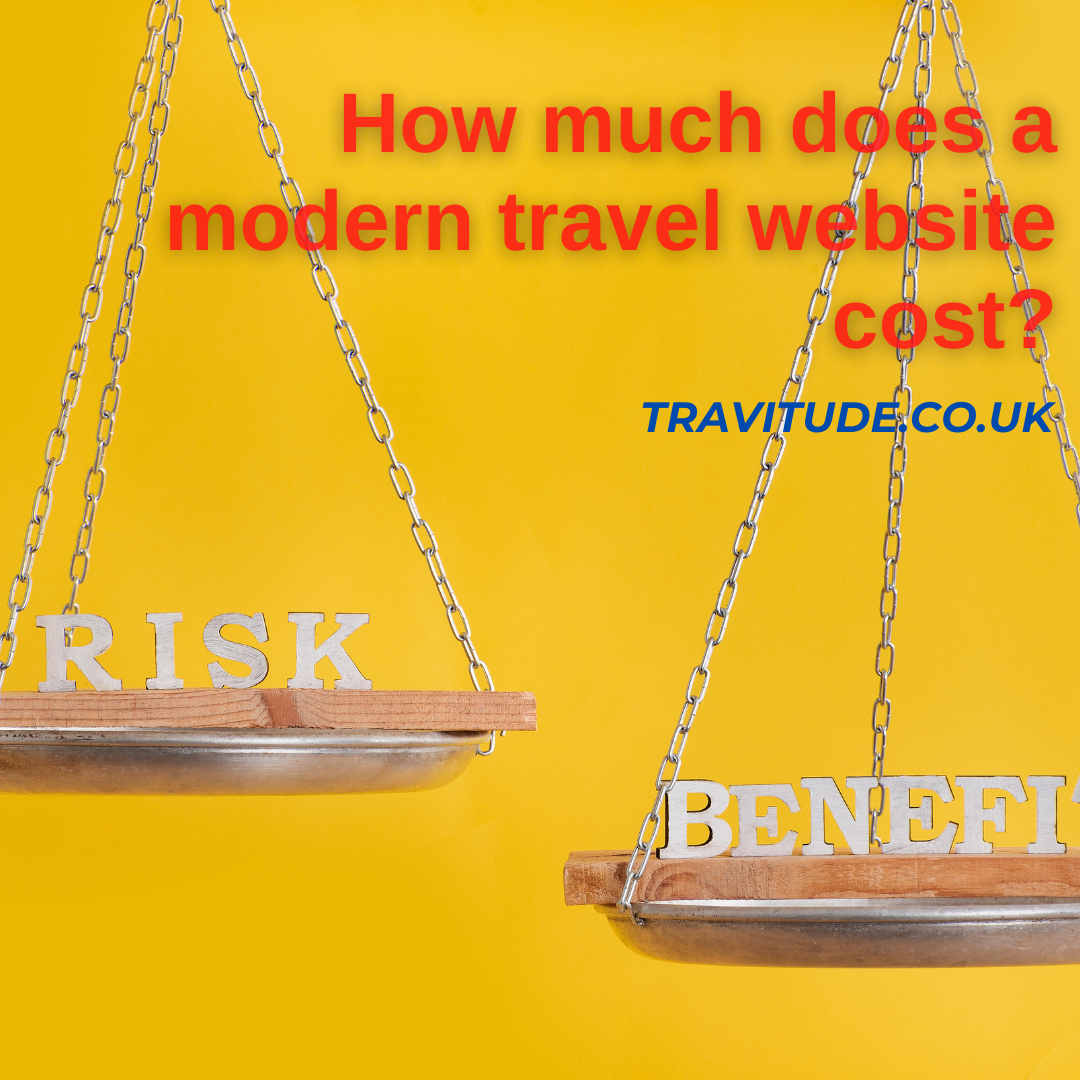
If you are thinking about starting to sell online travel services, one of the most important elements is the cost of developing a travel website. In this article we will have a look at the various options and the pluses and minuses of each.
Let's start by defining a modern website for travel agencies. What features does it need?
- Real-time availability and real-time offers. Without this you will lose your customers’ trust and they will start asking questions or even consuming your offline resources to find out things they could have found out by themselves. Last-minute and special promotions can be available online only. Time moves fast in the travel industry and good offers cannot be manually entered, unless you have hundreds of operators loading them.
- Online booking capability. Customers want to search, book and pay online. Without this capability, you will waste a lot of time handling these steps.
- Customizable pages and predefined templates specific to travel. It's easier to build sales pages and landing pages when you have the nuts and bolts to do it. You don't have to call your IT guy (or team) to update your website; your agents can do it any time.
- Integration with social media platforms, email marketing platforms and re-marketing capabilities. Without these, you cannot build consistent communication with your customers.
- Other tools to make your life easier: booking management, offer generators, online payments etc.
When it comes to starting to sell online, you have three options:
- start building a platform internally
- start using a traditional online platform
- start using a SaaS (software as a service) platform
Let's see the advantages and disadvantages of each option:
- building a platform internally
pros:- you can do whatever you want and can give your personal touch
- you can control budgets and development times on your terms
- you have to know exactly what to do
- there is a lot of trial and error involved in the development of all the parts
- it takes a lot of investment; you are probably looking at over 300-400K EUR for at least a year or two, plus high running costs. you need a support team inside your company to solve the issues that crop up
- working with a traditional online platform company
pros:- you can do most of the things you want to do, if the platform is flexible enough
- you don't have to know exactly what to do
- you benefit from the experience of the travel technology company
- you avoid the trial and error involved in the development of all the parts
- it requires a lower investment: probably setup fees of between 10K and 100K depending on how many modules you want to integrate
- you’ll have lower running costs: probably a monthly fee of 5% of the setup fees
- you cannot control costs and development times
- working with a SaaS platform
pros:- you can do most of the things that you want to do, if the platform is flexible enough
- you don't have to know exactly what to do
- you benefit from the experience of the travel technology company
- you save the trial and error involved in the development of all the parts
- it takes under 1K investment in setup fees
- it covers a lot of the investment risks
- it involves a higher monthly fee than traditional platforms, but covers a lot of the investment risks
Depending on your budget, one of these three options might make more sense than the other two. We think the best option is to use a SaaS platform. Instead of investing a lot upfront, you get two or three years to experiment with the same budget a traditional platform will require in setup fees alone.
In the end, you have to weigh up all of these aspects to find the solution that fits you.
Travitude is an online SaaS, which you can see in action by scheduling a demo meeting with our team.